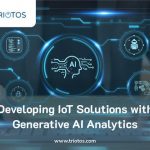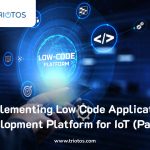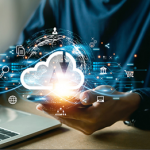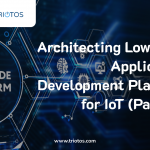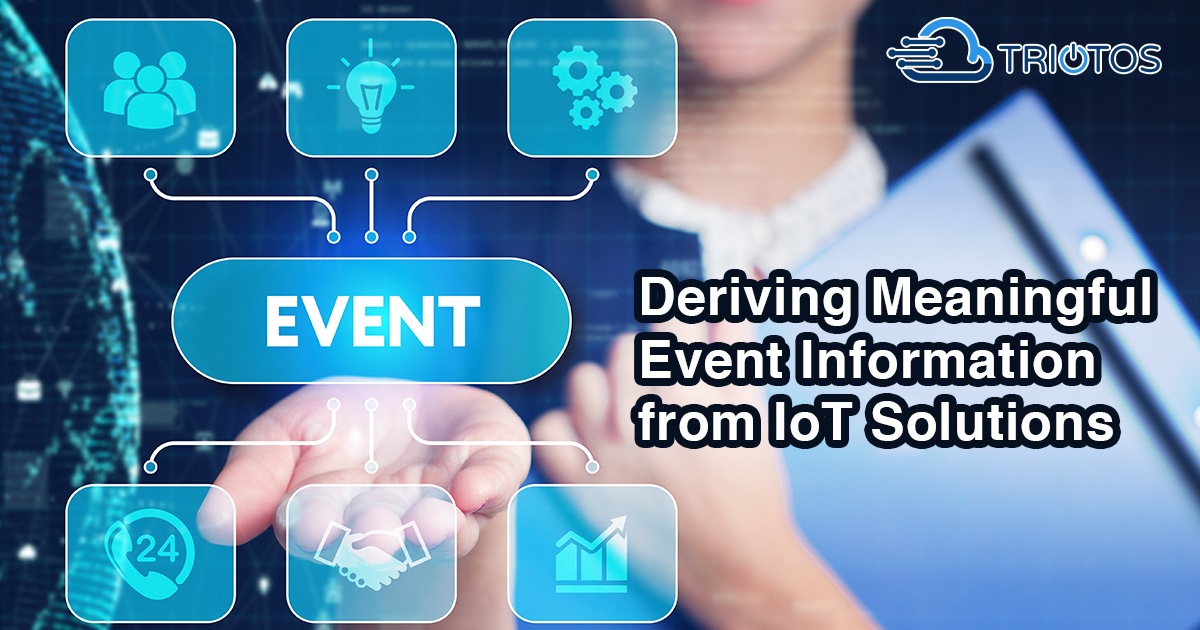
IoT is about deriving meaningful information – not just collecting data
One of the near mythologies surrounding the Internet of Things is the close to mystical belief that by collecting as much data as possible, valuable, and crucial information will be gained and derived through analysis, learning, analytics and ‘data science’. This data side of IoT has actually created an ‘industry’ complete with established companies, startups, consultants, conferences and academic degrees. By just putting ‘data scientists’ around the cauldron of data, the more the better, buried information will be unearthed and unknown relationships will become known. The true value of IoT will be found and the investment justified.
When confronted with reality, this vision or hope quickly ends as companies with IoT solutions are drowning in data (we are running out of space in our data bases) and hired ‘data experts’ fail to extract any information beyond the most obvious. While there are clearly many IoT implementations that do deliver valuable information to their companies and users, these exist side by side with many companies that derive little value from the Terabytes of operational data that is being collected and stored. So how does one go from collecting tons of meaningless data to gaining true insights from IoT?
Creating Meaningful IoT Information from Data
Data is seldom meaningful information unless it represents something or explains something. The representation can be the functional status of an IoT device or system. The explanation can be that anything from that a device or system is moving or vibrating to overheating or not working.
Turning this into meaningful information involves using the data to signify something more important, let us call these events. Using the example above, the events would be moving, vibrating, over-heating and not working and each of these events can be augmented with additional data to moving at >30 miles/hour, vibrating at >5Hz, >150F? or RED. Correctly defined, these events are most likely part of how the device and system operates and can therefore be translated to a state of operation where states can be defined as (standstill, moving, >30 miles/hour, >60 miles/hour), (no vibration, >1Hz, >5Hz, >10Hz), (RED, Yellow, Green, Black). Using this approach, the IoT data collected has now been translated into something we can call states, specific instances with similar data characteristics that exist throughout the operation of a device or system. These states can be represented as a state machine, a well-known concept in computer and software engineering.
In a State Machine the device or system is thought of as occupying different states depending on operational parameters presented in data or events. Transfer between states happens when certain data changes or events occur, events like acceleration, vibration, temperature and operational status. and each state can be defined through a set of parameters. Having redefined the meaning of data and events into different states one can now measure time within each state and maybe more important characteristics associated with transitions between states of the device or system. This is important because analyzing state transitions and what leads up to them addresses many IoT promises like customer usage, use cases, preventive maintenance and failure analysis to mention a few. Thus, instead of analyzing large amounts of raw data in a data base, state-machine oriented analysis utilizes direct data associating it with states. This not only reduces the amount of data that needs to be stored, in some states you only need to save data averages, maybe variation and state duration, but also focuses data collection and analysis on critical data and information needed to understand state transitions and state behavior. It changes the whole focus towards meaningful information instead of just collecting data and it does this during the initial system as a forethought rather than a later afterthought.
So how do you define the states that a device a system may be in? A good place is to start with general knowledge about what the device and system is supposed to do and how it operates. Once decided, the monitoring of states, their characteristics, transitions between states and the reason they occur, can be used to develop all the IoT applications that are part of the desired IoT solution. With proper analytics, states can be adjusted and modified, removed or added providing a dynamic understanding of the operational properties of IoT devices, systems and solutions.
A better way of designing IoT solution
By focusing on what the IoT solution and associated applications should deliver, thinking in terms of events and states and collect and save IoT data accordingly, meaningful information will be delivered from day one instead of after long and often unsuccessful analysis of data stored in huge data bases or data lakes. Analysis will from day one be focused on what is important. All that is required is to start by truly defining what you want from an IoT solution and implement it in the initial design instead of hoping for analytical miracles later.
Using a State Machine paradigm is a good place to start. When doing this, it is helpful as part of the initial design and development to be able to simulate data associated with the initial state machine chosen and generate enough of this data so that it can drive development of desired IoT applications.
At Triotos we have developed a complete set of state machine-oriented simulation tools that support the generation of large volumes of relevant data that can be used to feed applications for Data/Event Monitoring, Data Handling and Analytics as they are developed. These state machines are designed and populated with the appropriate data models using a set of easy-to-understand web-based tools.


The resulting simulated devices or systems can then be deployed on the Triotos platform in any number desired, just like real IoT Things. This allows for the design and development of all IoT applications before real devices are designed and/or deployed in numbers.
At Triotos we work with customers to upgrade existing or implementing new IoT solutions using the AWS IoT core cloud computing platform around which we implement new or migrate existing IoT solution components. Using ready built reference solutions and products we can deliver the IoT you need in months instead of years and for <$100k instead of $ millions. To find out more, contact us.


